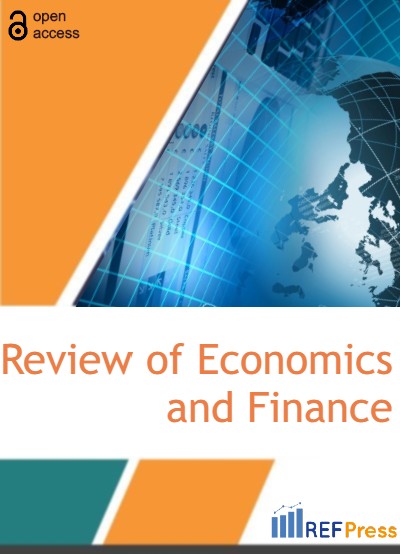
Sentiment Analysis on Tax Compliance: Pros and Cons
(Pages 1745-1750)Muhamad Taqi1,*, Aam Slamet Rusydiana2, Abdillah Arif Nasution3 and Mamay Mayyizah4
1Universitas Sultan Ageng Tirtayasa, Indonesia.
2SMART Indonesia.
3Universitas Sumatera Utara, Indonesia.
4Universitas Tarumanagara, Indonesia.
DOI: https://doi.org/10.55365/1923.x2023.21.190
Abstract:
This study aims to look at related sentiments of "Tax compliance" around the world published by journals with that theme. This study uses a qualitative method with a sentiment analysis approach. The data used is secondary data with the theme "Tax compliance" obtained from the Scopus database of the 100 most relevant scientific publications. Data is processed using the software SentiStrength for extracting and classifying sentiments. The results of the study found that negative sentiment was the highest with a percentage of 42%, followed by neutral sentiment at 33% and positive sentiment with a percentage of 25%. Related research Tax compliance experienced fluctuations in the number of sentiments throughout the period 1981 to 2023. There were several positive and negative sentiments related to the topic of tax compliance which could be further elaborated so that stakeholders, especially the government, could increase state tax revenues.
Keywords:
Tax compliance; Sentiment analysis; SentiStrength; Scopus.
JEL Classification Codes:
H20; H25; H26.
How to Cite:
Muhamad Taqi, Aam Slamet Rusydiana, Abdillah Arif Nasution and Mamay Mayyizah. Sentiment Analysis on Tax Compliance: Pros and Cons. [ref]: vol.21.2023. available at: https://refpress.org/ref-vol21-a190/
Licensee REF Press This is an open access article licensed under the terms of the Creative Commons Attribution Non-Commercial License (http://creativecommons.org/licenses/by-nc/3.0/) which permits unrestricted, non-commercial use, distribution and reproduction in any medium, provided the work is properly cited.
